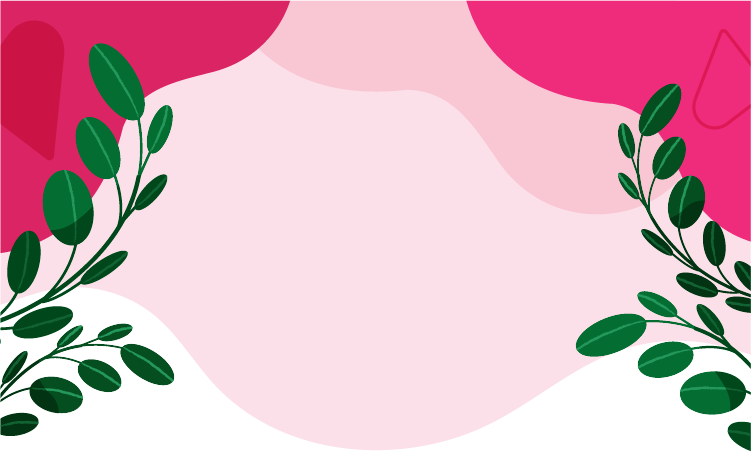5 Things You May Not Know About Being BRCA-Positive
March 19, 2021
Content created for the Bezzy community and sponsored by our partners. Learn More

Drazen / Getty Images
Having a BRCA gene mutation doesn’t mean you’re powerless in the face of cancer.
I didn’t expect the call from the genetic counselor. Recently diagnosed with breast cancer at age 37, I figured genetic testing was simply standard practice when someone so young developed the disease.
No one in my family had dealt with breast or ovarian cancers, the two conditions I associated with a BRCA gene mutation. Surely I had no reason to suspect my genes could be behind my cancer.
My test results told a different story. The counselor informed me I’d tested positive for the BRCA2 mutation, which likely spurred the development of my cancer.
Though I didn’t have a history of breast or ovarian cancers in my family, I would soon learn the BRCA1 and BRCA2 mutations are tied to a number of conditions.
While we’ve all become more aware of these genetic mutations thanks to high-profile carriers like Angelina Jolie, there is still a lot that most don’t know about BRCA genes.


Everyone has BRCA genes
When my BRCA mutation was diagnosed, people would often say, “oh, you have that gene.”
Actually, we all have BRCA1 and BRCA2 genes. When they work properly, these genes serve as tumor suppressors, preventing cells in breasts, ovaries, and other body parts from growing out of control.
When BRCA genes have a mutation, they are unable to perform their tumor suppressor duty, putting those with the mutated genes at higher risk of cancer.
BRCA gene mutations are linked to multiple cancers
While breast and ovarian cancers are the most well-known versions of the disease tied to BRCA gene mutations, there are several other types that can be caused by the mutation, including:
- fallopian tube cancer
- primary peritoneal cancer
- prostate cancer
- pancreatic cancer
Even melanoma (primarily in those with a BRCA2 pathogenic variant) has been identified as possibly being connected to BRCA gene mutations.
For me, this information unlocked the mystery of my own BRCA mutation, as my grandmother and great-grandfather both dealt with pancreatic cancer.
BRCA1 mutations carry a higher cancer risk than BRCA2 mutations
While both BRCA1 and BRCA2 mutations increase a carrier’s risk of developing breast and ovarian cancers, the percentage of risk isn’t the same for both.
According to the National Cancer Institute, 55 to 72 percent of those with a BRCA1 mutation will develop breast cancer by age 70 to 80, compared to 45 to 69 percent of those with a BRCA2 mutation.
For ovarian cancer, 39 to 44 percent of those with a BRCA1 mutation will develop the disease by age 70 to 80, compared to 11 to 17 percent of those with a BRCA2 mutation.
These numbers are far higher than the rates for the general population, with about 13 percent of women developing breast cancer and 1.2 percent developing ovarian cancer.
Some groups are more at risk for BRCA gene mutations
While it makes sense that people with close family members who’ve had breast or ovarian cancer are at a higher risk of being BRCA-positive, there are other less obvious groups that also carry an increased risk, according to the Centers for Disease Control and Prevention (CDC).
These include:
- those with relatives who developed breast cancer before age 50
- those who develop breast cancer themselves before age 50
- those who have a male relative with breast cancer
Women of Ashkenazi Jewish descent are also more likely to have BRCA gene mutations.
According to the CDC, 1 in 40 Ashkenazi Jewish women has a BRCA mutation. The CDC advises Ashkenazi Jewish women who have any first-degree relative (mother, daughter, or sister) or two second-degree relatives (grandmother, aunt, or niece) on the same side of the family with breast or ovarian cancer to consider genetic counseling.
Being BRCA-positive doesn’t necessarily mean your children will have the mutation
One of the most difficult things for me to accept upon receiving my BRCA2-positive diagnosis was the thought that I may have passed this mutation on to my young son.
However, after speaking with my genetic counselor, I learned there’s a 50 percent chance he did not inherit my mutation.
BRCA genes have two parts, one contributed by the mother and one contributed by the father. Because of this, if a parent’s gene has one mutated part and one nonmutated part, it’s possible to pass down the functioning part.
My son is too young to be tested now, but I hope that he inherited the nonmutated part of my BRCA2 gene.
Knowledge saves lives
Perhaps one of the most important things I learned about my BRCA-positive diagnosis is that it doesn’t mean I’m powerless in the face of cancer.
Knowing my risk, I was equipped to make decisions, like having a bilateral mastectomy rather than a less invasive lumpectomy, to lower the risk of cancer returning in my breasts.
I also opted to have a preventive oophorectomy to eliminate the risk of developing cancer in my ovaries or fallopian tubes.
With a disease like cancer, this kind of knowledge can literally save lives.
Article originally appeared on March 19, 2021 on Bezzy’s sister site, Healthline. Last medically reviewed on March 23, 2021.
Medically reviewed on March 19, 2021
4 Sources


Like the story? React, bookmark, or share below:
Have thoughts or suggestions about this article? Email us at article-feedback@bezzy.com.
About the author